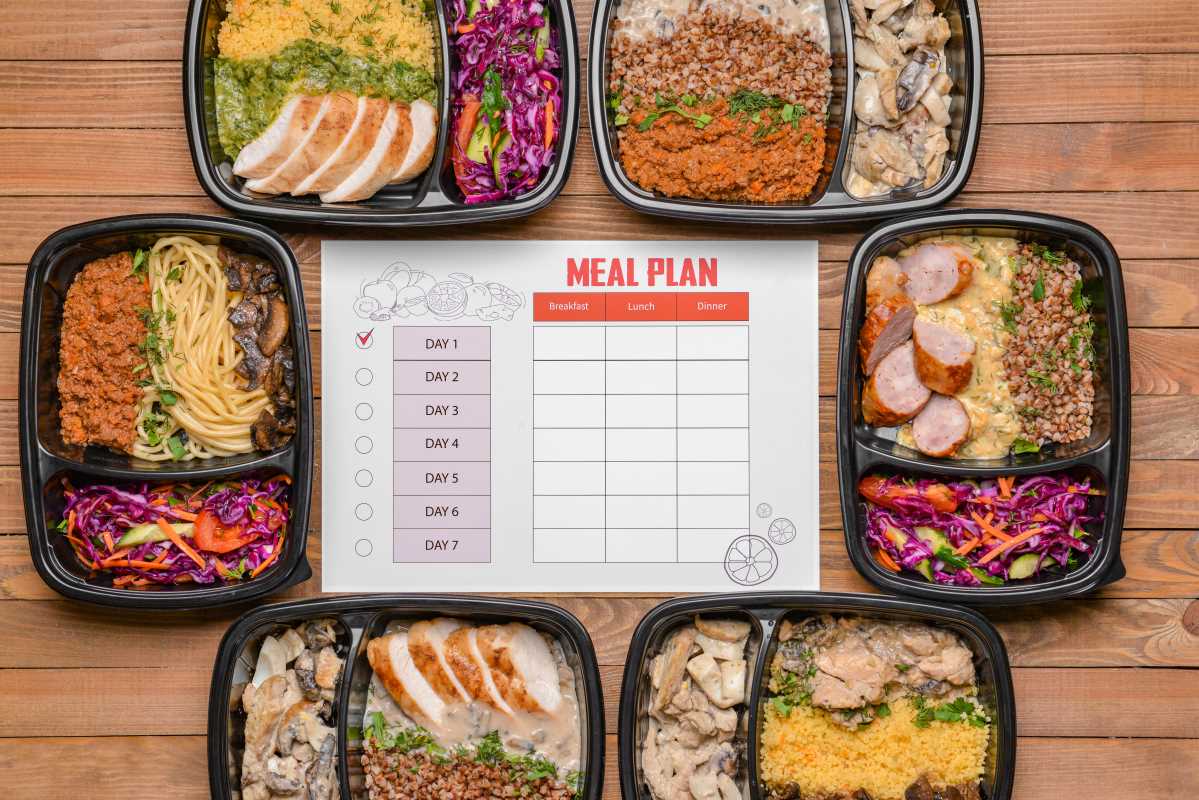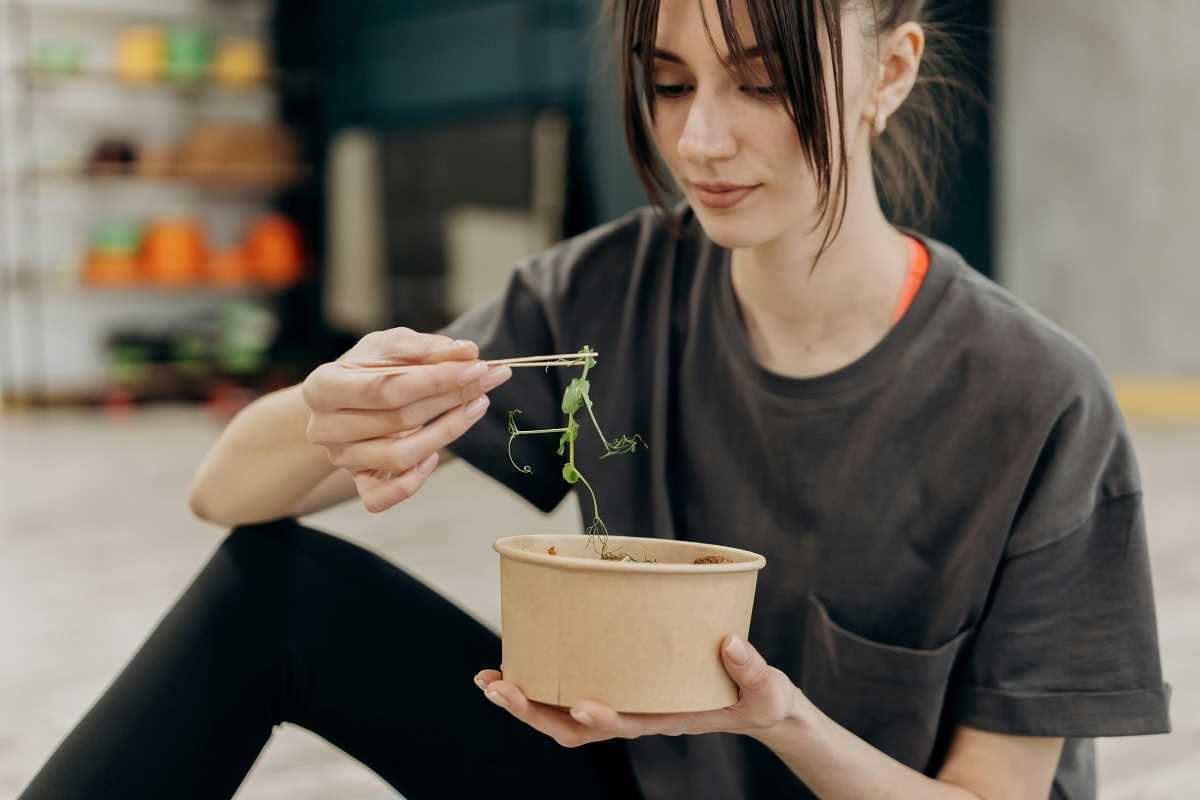Balancing coursework, work shifts, and social events often pushes dinner down the priority list. Even with a packed schedule, you can still enjoy tasty, home-cooked meals by making a few smart adjustments that fit seamlessly into your daily routine. This guide shares seven practical tips to help you create space in your day for cooking, ensuring you have the tools and mindset to make meal preparation enjoyable and stress-free. With these easy ideas, you can cook satisfying dinners without giving up your flexibility or favorite flavors, no matter how busy your calendar gets.
Make the Most of Your Minutes
When every minute counts, small changes add up fast. Identify the moments you usually scroll through social media or wait in line. Instead of letting those moments slip by, turn them into quick wins for dinner. For example, review a week’s worth of meal ideas or jot down a grocery list on your phone while waiting for your next class to start.
Slotting short tasks into tiny pockets of downtime can transform your week. Break meal prep into one- to five-minute chunks to keep momentum going and prevent a huge cookathon on Sunday night. This habit creates a satisfying rhythm: instead of exhaustion, you get little victories that build toward a full week of home-cooked meals.
Adopt a Practical Prep Mindset
Food prep shouldn’t feel like a marathon—it should feel like a series of sprints. Maintain a mindset that views each small action as progress, not as prep work that demands perfection. Keep reusable containers, sharp knives, and cutting boards in handy spots so you can slice and dice whenever a free moment opens up.
Think of cooking as a continuous project rather than a one-off event to avoid overwhelm. If you diced peppers for a recipe on Monday, keep those peppers ready for salads or wraps midweek. This ripple approach saves time and mental load, so you stay energized for every next step without dreading a huge weekend cooking session.
Hands-On Prep Techniques
- Bulk Chopping Routine
- Purpose: Speed up weeknight cooking by prepping in advance.
- Steps:
- Gather vegetables (e.g., peppers, onions, carrots).
- Wash and dry on a microfiber towel.
- Dice evenly with a chef’s knife.
- Store in stackable airtight containers labeled by use.
- Place containers at the front of the fridge for visibility.
- Cost: ~$15 for a set of containers.
- Insider tip: Stack containers by meal theme—Mexican mix, stir-fry mix, salad fixings—for quick access.
- One-Pot Batch Simmer
- Purpose: Cook multiple servings in one pot, reducing cleanup.
- Steps:
- Select a protein (e.g., chicken thighs, beans).
- Add aromatics and spices.
- Pour broth or water until just covered.
- Simmer on low for 20–30 minutes, stirring occasionally.
- Cool and portion into meal tubs.
- Cost: ~$10 for broth and spices.
- Insider tip: Freeze half immediately to prevent spoilage and free fridge space.
- Freezer-First Assembly
- Purpose: Make complete meals ready for quick reheating.
- Steps:
- Choose freezer-friendly recipes (soups, casseroles).
- Cook ingredients fully and let cool.
- Assemble into freezer-safe trays or bags.
- Label with date and contents.
- Stack vertically in the freezer.
- Cost: Free if reusing takeout containers.
- Insider tip: Keep a meal inventory list on your phone to avoid forgotten dishes.
- Spice Mix Jar
- Purpose: Add instant flavor to meals.
- Steps:
- Combine dried herbs (oregano, paprika, garlic powder) in a jar.
- Shake until mixed.
- Store near the stove.
- Sprinkle midway through cooking.
- Refill or adapt blends for different recipes.
- Cost: $5–$8 for dried herbs.
- Insider tip: Add citric acid powder to mimic a fresh lemon squeeze.
- Mason Jar Salad Stacking
- Purpose: Keep greens crisp and salads portable.
- Steps:
- Pour dressing into jar bottom.
- Add sturdy veggies (cucumbers, carrots).
- Layer proteins (chickpeas, chicken).
- Place delicate greens at the top.
- Seal and shake before eating.
- Cost: ~$2 per jar (one-time).
- Insider tip: Put nuts or seeds above dressing so they stay crunchy.
Build Your Essential Kitchen Set
- High-Quality Chef’s Knife: A single sharp blade cuts prep time in half and helps ensure even cooking. Choose one with a comfortable handle and full tang construction for balance and longevity.
- Collapsible Silicone Bowls: These take up minimal cabinet space and hold everything from chopped produce to leftover soup. Look for BPA-free silicone rated for cold and hot items.
- Digital Kitchen Scale: Accurate measurements prevent ingredient waste and ensure consistent portion sizes. Seek models under $20 that display both grams and ounces.
- Instant-Read Thermometer: Skip guesses on cooked proteins and grains. A quick probe shows if chicken reaches a safe temperature or if rice is perfectly steamed.
- Label Maker or Washable Stickers: Clear labels prevent confusion and help you organize perishable items. Choose stickers that peel off easily without leaving residue.
Save Money Without Sacrificing Flavor
Smart ingredient swaps and careful shopping change your grocery bill as much as your taste buds. Look for discounted bundles of proteins near their sell-by date and freeze them at home. Shop produce at local markets late in the day when vendors mark down items that need to move quickly.
Use dried beans and whole grains instead of pre-cooked or canned options. Soaking beans overnight takes a few minutes but saves more than half the cost per serving.
Handle Plan Changes with Ease
- Emergency Grab Bag: Keep a shelf-stable kit with pre-cooked grains, canned beans, and freeze-dried veggies. These items cost under $30 total and ensure you never face an empty kitchen when your schedule changes unexpectedly.
- Quick Ingredient Substitutions: Maintain a one-page list of easy swaps—Greek yogurt for sour cream, lentils for ground meat, quinoa for rice. This list saves time on grocery trips and sparks creativity when key items run low.
- Leftover Ideas Sheet: Write down three creative ways to turn leftovers into fresh meals, such as blending roasted veggies into soup or tossing stale bread into a panzanella salad. Keep this sheet on your fridge for quick inspiration.
Integrate these strategies into your weekly routine to keep cooking enjoyable instead of stressful. Small consistent steps lead to larger benefits: improved nutrition, less waste, and more room for spontaneous plans. Try one new technique this week and see how easily dinnertime comes together.
Ready to refresh your kitchen routine? Try one new tip tonight and see the difference.



.jpg)



.jpeg)